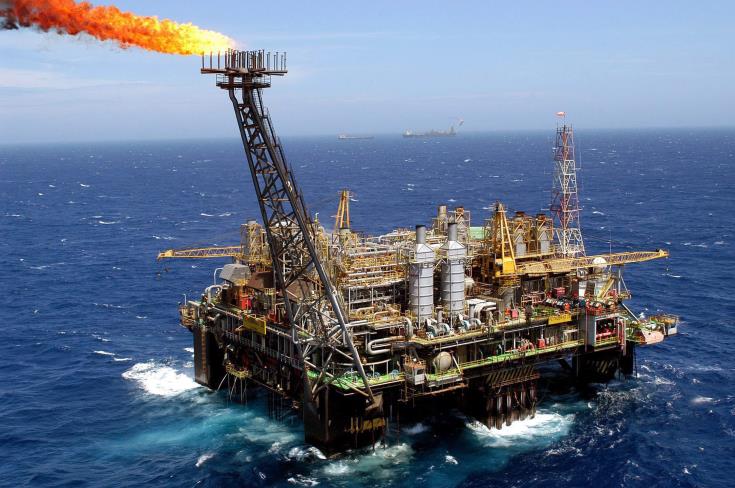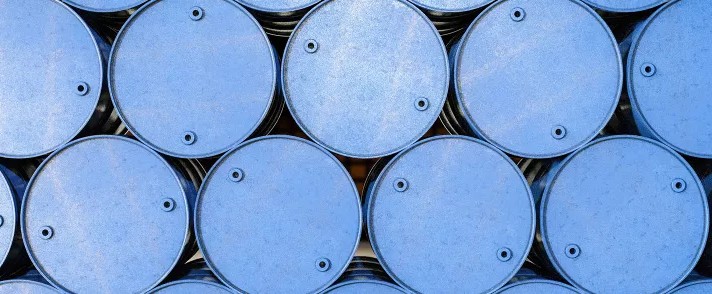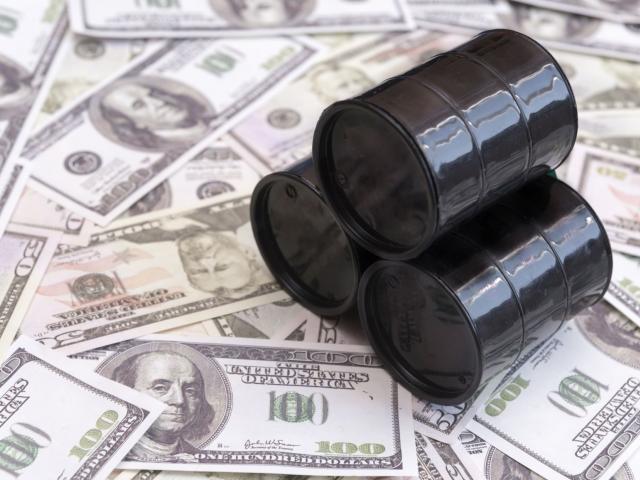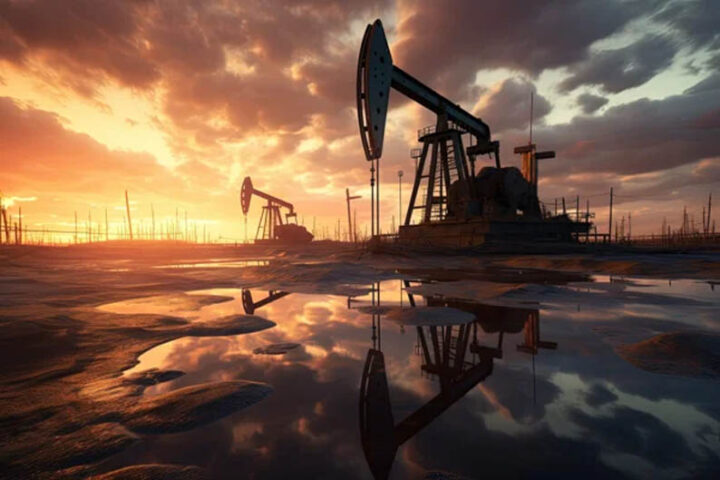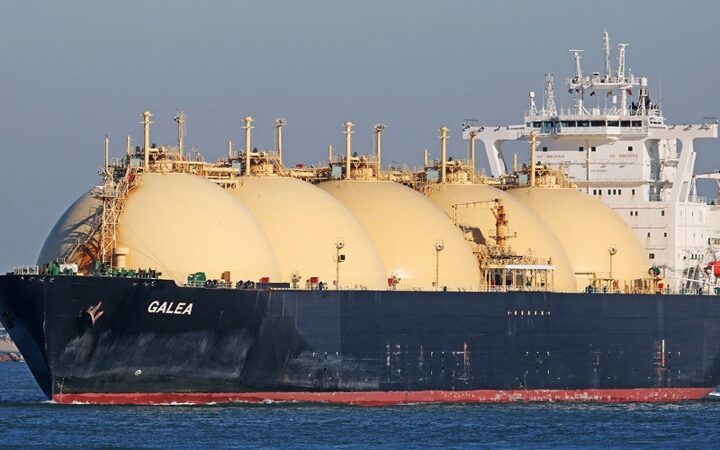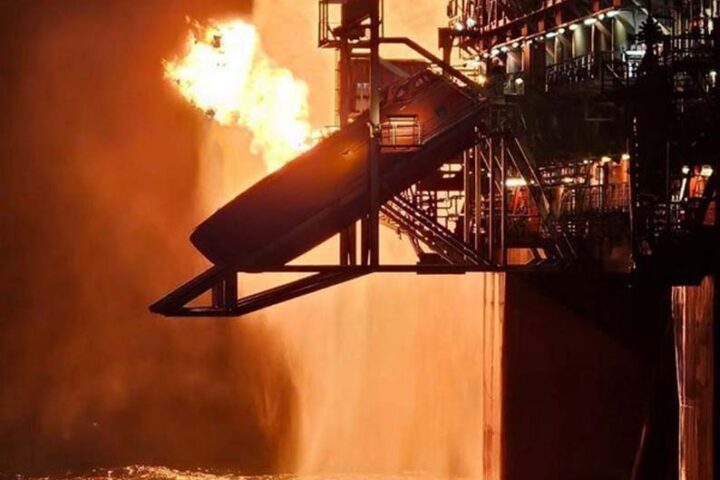By Charles Ellinas
Crude oil prices receded to $75/barrel following speculation Israel will focus on hitting military and intelligence targets rather than Iran’s oil export terminals and refineries.
Prices are going down as the geopolitical premium fizzles out and Chinese demand concerns return, as weak Chinese economic data outweighs Middle East war concerns.
OPEC oil demand growth estimates are higher than that of the IEA for 2023 through to 2025.
The EIA now says that global and US oil demand growth next year will not meet prior forecasts due to weakening economic activity in China and North America.
In its monthly update, the EIA continues to see an oversupplied oil market into 2025, even if OPEC+ keeps production unchanged. It concludes that “in the absence of a major geopolitical disruption, the market is faced with a sizeable surplus in the new year”.
The IEA is sticking to its controversial projection that demand for oil, gas and coal will all peak by 2030. However, this is biased. It is reached by fixing the end result -net zero by 2050- and seek ways to achieve it.
Meanwhile, Bank of America thinks oil bears are walking into a trap. Traders shorting crude oil are walking into a bear trap as energy demand may well reverse its current course next year, driven by strengthening economic growth.
According to the IEA, world oil consumption will carry on growing at least to 2025. But the growth rate will fall almost 40% from an average 1.3 million barrels/day during 2000-2019 to 0.8 million barrels/day from 2025-2035, with most growth in LPG and petrochem feedstock.
Opec+ sources confirmed that neither Saudi Arabia nor the wider OPEC+ group have any specific target for oil prices, and no member of the producers’ alliance is about to abandon output discipline in favour of chasing market share.
The BRICS countries are considering petroyuan in next de-dollarisation attempts. They are considering alternatives to the present dollar-based oil payments system and being open to using the petroyuan for oil settlements.
Bloomberg says that oil markets will be oversupplied in 2025 thanks to unwinding OPEC production cuts as well as increased non-OPEC supply led by the US, Canada and Guyana.
The IEA is also warning that geopolitical tensions are highlighting key fragilities in today’s global energy system.
The Middle East, home to half of the world’s proven oil reserves, is at a precarious crossroads.
With rising tensions between Israel and Iran, the threat of regional conflict looms, potentially disrupting the global energy landscape. In 2023 Iran exported 91% of its oil to China.
ExxonMobil CEO, Darren Woods, is confident that oil is still a “growth business” even if the peak is near.
BP has backed off its oil-cutting plan. Having replaced the medium-term goal of a 40% oil and gas cut by 2030 with the 25% level earlier in the year, BP has now abandoned oil cuts altogether. It has come as BP’s valuation lags Exxon and Chevron.
Data for 2022 show country oil consumption and GDP to have a statistically perfect correlation. This has always been the case and still holds.
Oil and gas investment strategy is getting trickier. In recent years, the uncertain pace of the energy transition has added another layer of complexity. But the industry is following a disciplined approach to balancing investment. It is still increasing but it is balanced with providing adequate returns for shareholders.
Aramco chief executive Amin Nasser has called for Transition Plan 2.0 that considers the needs of all countries, especially in Asia and the broader Global South.
“Planners must stop assuming the world can replace its conventional energy needs with half-baked alternatives,” Nasser said.
Supply to pressure natgas prices
Global gas supply remains tight on Asia demand.
A huge wave of LNG supply is coming, with a rise of nearly 50% in global export capacity from now to 2030. This is set to lower natural gas prices.
Egypt eyes gas production increase from key concessions, including the Zohr field, to rescue the country from its acute gas production decline and shortages. However, this will happen only if it clears the arrears, which is key to regaining the confidence of the oil companies.
As a result of the ongoing war, Chevron is delaying its pipeline expansion project in Israel. This could impact expansion of gas exports to Egypt.
The world is in need of more gas and it isn’t getting new supply fast enough. Delays from the US to Mozambique promise little imminent relief from high prices, despite more than $200bn in investments that were supposed to flip the LNG market into oversupply by 2025.
The world needs more natural gas, but supply is not keeping up with demand.
The LNG pause is limiting America’s role: the IEA’s “Global Gas Security Review 2024” finds that demand for natural gas is rapidly increasing, likely to reach all-time highs this year and next.
The IGU says the historical trend of gas demand growth due to economic development and improved living standards in the developing world, together with new consumption trends and continued energy use growth in the developed world, are keeping the gas demand strong, while the producing capacity and infrastructure investments in gas are not keeping pace.
Contrary to IEA claims, gas supply needs to be scaled up if imbalances between gas demand trajectory and investments in gas production and infrastructure are not tackled.
Europe sees industrial slowdown
Bruegel is publishing a ‘European natural gas imports’ dataset that aggregates daily data on European natural gas import flows and storage levels.
With all the attention on crude oil, don’t forget about European natural gas prices.
The TTF benchmark reached €41 per MWh, its highest closing price so far this year. The main reason is Middle East risk on Qatar LNG, but also because European inventories have stopped growing.
The EU’s power demand is dropping, but mainly due to industrial slowdown.
Top economists have downgraded Germany’s growth forecasts. Structural problems mean the country will struggle to return to pre-pandemic rates of economic expansion. A major factor contributing to this is rising energy prices.
How to make European industrial policy work. The strategic economic challenges the EU confronts include energy vulnerability, the green transition and the tech sector. But the key is to ensure that regulation doesn’t stifle growth.
Overcoming their deep divisions, EU ministers agreed to support nuclear energy ahead of the UN climate summit in November.
The IEA predicts that an increasing number of European countries, plus Chile, will run their power systems primarily on wind and sun by 2030, with an annual generation share of 50+%.
Columbia Energy Exchange said that Europe is not keeping up with US and China when it comes to innovation, energy and competitiveness.
According to data, the EU’s flagship joint gas-buying platform has handled only a tiny fraction of the bloc’s demand – just 2% of potential demand. This raises doubts over its effectiveness and usefulness, and its potential rollout to critical minerals and hydrogen.
US turns to natgas and LNG
Not only shale has boosted US economic growth, but it is also the reason why US emissions of CO2 have fallen without jeopardising its economic competitiveness, as ultra-cheap natural natural gas displaced coal in electricity generation.
The US oil industry expects reversal of Joe Biden’s climate policies if Republicans win the elections. This includes “prioritising” natural gas and LNG, and a rule to streamline public land drilling permits.
The EIA forecasts that Permian output will rise to 6.6 million barrels/day in 2025 from 6.17 mln now.
JP Morgan CEO Jamie Dimon issued a dire warning about the treacherous geopolitical situation He expressed concerns about the global economic outlook, citing geopolitical tensions, particularly in the Middle East, as a major factor contributing to uncertainty.
China drains global power supply
Data shows that China’s EV and high-speed rail boom is curbing its oil demand.
China’s imports of LNG this year have jumped by 15% from the same months in 2023, driven by industrial demand growth.
Renewable growth is super-fast in China, but not necessarily in the rest of Global South or indeed the rest of the world.
Renewables are seeing strong momentum in many countries, but China is set to account for almost 60% of all capacity installed globally between now and 2030.
China will overtake the US as the world’s largest oil consuming country by 2030 and remain the largest oil importer until 2050.
China is accelerating its green transition. The scale and pace of the country’s transition away from fossil fuels has smashed international forecasts, exceeded its own targets and put the rest of the world on notice.
In July, China hit its target of having 1,200 GW of installed solar and wind capacity, enough to power hundreds of millions of homes each year, six years early. In addition, around two-thirds of all new solar and wind power projects under construction are happening in China.
According the Rystad, China has deployed more clean energy technologies than all other countries combined.
Climate a new priority
The top priority for COP29 on November 11-22, is to agree a new climate finance goal, known as the New Collective Quantified Goal (NCQG). It is for this reason that COP29 has been dubbed a ‘Finance COP’.
But the announced COP29 Summit Action Agenda lacks any direct mention of transitioning away from fossil fuels. This will be an implementation COP, with the Presidency focusing on turning COP28 pledges into concrete actions.
Green hydrogen has a reality check. New reports present a sobering view of the potential for large-scale hydrogen production using renewable electricity – it will be tough.
Spanish energy giant Repsol is freezing the development of all major hydrogen assets in the country. This is following cancellation of plans to export hydrogen from Norway to Germany.
The IEA’s ‘World Energy Outlook 2024’ says that after the age of coal and age of oil, the world is moving rapidly into the age of electricity. It states that “electricity has recently grown twice as fast as total energy demand. But from now to 2035, it is set to grow 6 times as fast, driven by EVs, ACs, chips and AI.
But that is playing with numbers. According to the statistical data from the Energy Institute, electricity grew by 2.5%/yr between 2013-22 and by 2.5% during 2022-23. That is 2.6 EJ in comparison to 12.2 EJ growth in primary energy. Which is about right as electricity is 17.3% of primary energy.
Renewable energy is growing faster than expected, but primary energy demand is also surging. It is getting harder to be optimistic about the energy transition amid higher costs, pushback from businesses and consumers, as well as the slow rollout of technology.
Cooling for air conditioning will be a major driver of electricity demand, says the IEA. Higher temperatures and rising incomes could boost power demand coming from home cooling units by 280% by 2050.
But as the IEA states that electricity consumption is accelerating faster than renewable sources can provide, the world or, more precisely, China and India are turning to coal.
There is a growing green business rethink, with a number of green corporate U-turns – including Shell’s weakening of climate targets to Volvo’s delayed deadline for selling only fully electric cars, to Iberdrola’s cut in its annual green hydrogen production target for 2030 by two-thirds and BP’s abandonment of oil production cut targets.
Nuclear power is back. France switching to nuclear power proved to be the fastest and most efficient way to fight climate change.
With 70% of electricity from nuclear, France plans to expand its assets with 6 to 14 new reactors, continuing its push for energy sovereignty. The focus is on lowering energy bills while moving away from fossil fuels.
Google has ordered small modular nuclear reactors (SMRs) for its data centres. It signed a deal to build up to seven SMRs to meet its energy needs, making it the first tech company to place an order for SMRs.
Global EV sales soared by over 30% in September, compared to September 2023.
Batteries just keep on getting cheaper and cheaper. The average price of lithium-ion battery cells dropped from $290 per kilowatt-hour in 2014 to $78 in 2024.
Trees and land absorbed almost no CO2 last year. Is nature’s carbon sink failing? Expansion of agriculture has turned tropical rainforests in south-east Asia and the Amazon into a net source of emissions in recent years. It is becoming very serious
Dr Charles Ellinas is Councilor at the Atlantic Council
X: @CharlesEllinas

